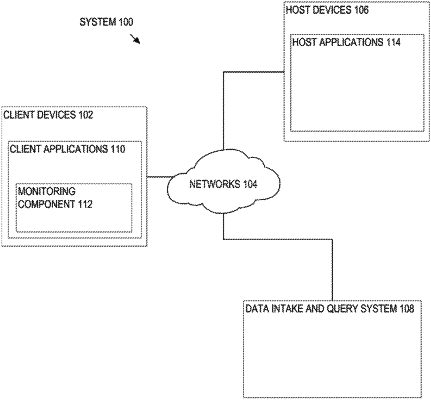| CPC G06F 11/079 (2013.01) [G06F 11/0709 (2013.01); G06F 11/0793 (2013.01)] | 30 Claims |

|
1. A computer-implemented method comprising:
accessing an anomaly detection definition that defines how to populate a buffered signal of a sequential set of time-series data points;
determining that one of a plurality of data streams is associated with the anomaly detection definition; and
upon receiving an updated data point from the data stream, performing anomaly detection by:
inserting the updated data point from the data stream into the buffered signal of the sequential set of time-series data points; and
analyzing the buffered signal of the sequential set of time-series data points to determine a corresponding anomaly result for the anomaly detection definition.
|